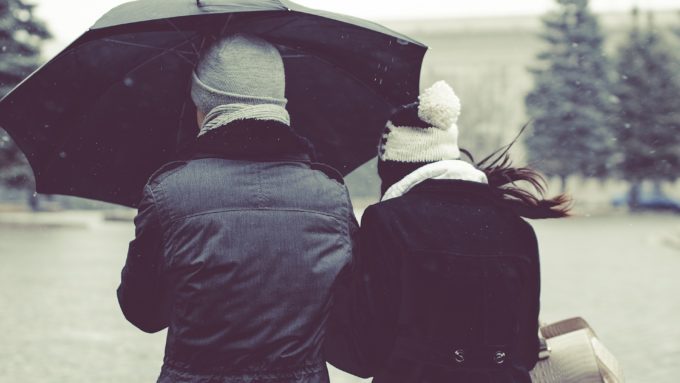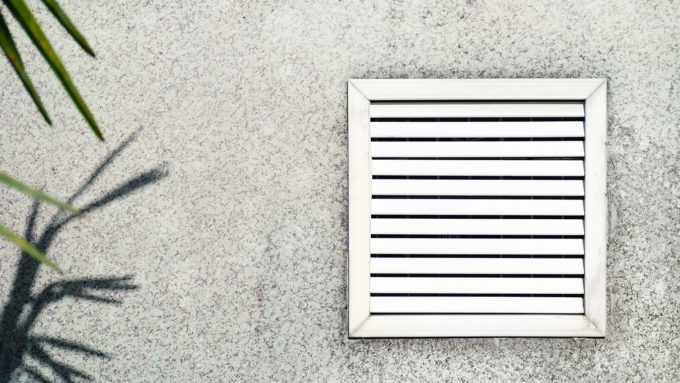It’s winter. You’re safe from mold…
Or so you think!
Mold growth doesn’t only happen during hot and humid months. Winter is also a time of year in which mildew and mold can flourish, especially when you crank up that heater. There are a few different causes of winter mold growth and some easy as pie ways to keep your home free of the unhealthy and pesky fungi. One key thing to remember is that preventing a moldy situation is much less time-consuming and cost-effective than dealing with an already moldy situation.
The following are common sources of mold that can grow during the colder months.
- The trapped heat
- Condensation on window sills and on walls and fog on windows
- Dead and decaying matter from outside (leaves, plants, dirt)
- Wetness coming from the outside in (rain, snow, sleet, mud)
- Winter storms
- Frozen pipes that burst and cause water damage
Now that you are aware of some of the ways your home can be a host for mildew and mold during winter, be prepared to become proactive and take the necessary steps to winterize your home.
The EPA recommends the following:
Ventilation and dehumidifying are key! Run the exhaust fan in your bathroom and kitchen when those rooms are in use, keep the ceiling fan on low, and when it is wet outside, turn a dehumidifier on in rooms with windows to the outside. Condensation and dampness are much more likely to happen in rooms that have windows and even though they may be sealed, moisture can still creep in.
Inspect for leaks and cracks which will allow moisture to enter into your home and obviously dry and repair these immediately if dampness and damage are found.
Examine all areas that have potential access to outside air such as a basement, attic, or crawlspace. Even if these areas have been professionally sealed off or insulated, it is beneficial to do an all-over check at least twice a year. You can also run a dehumidifier in these areas as well.
Inspect these areas for damage after a winter storm: roof, gutters, downspouts, siding, windows, and doors.
Cover water pipes with insulation. It’ll be like being wrapped up in a cozy, warm blanket.
If the weather isn’t too cold, open doors or windows to add in extra air circulation.
Just because the winter months are among us, does not mean that we are safe from mildew and mold. These fungi flourish on warmth and moisture and are on the hunt for somewhere to thrive. Don’t let that place be your home!
If you end up having a winter mold situation and are in need of a cleanup and restoration specialist, don’t worry—Restoration Certified Specialists, Inc. will take care of you! They have been proudly serving the Santa Rosa and North Bay areas since 1975.


